April 17, 2023: Ulcerative Colitis triggered by breakthrough COVID-19 Even asymptomatic breakthrough COVID-19 can be associated with severe UC
April 10, 2023: Hearing Aid Research Given the limited research on OTC hearing aids, it is crucial to prioritize independent research.
April 6, 2023: Autobrewery Microbiome Autobrewery Syndrome (ABS) is as a disorder of microbial dysbiosis.
April 5, 2023: AI vs sonographers AI was more efficient and more accurate than sonographers in making initial assessments of echocardiograms and in making corrections to those assessments.
April 4, 2023: Neuroinflammatory VAEs Viruses and their vaccines may unmask CNS neuroinflammatory conditions.
April 1, 2023: From Laughs to Inspiration Keeping an eye on April Fool's jokes can be a fun way to stay up-to-date with the latest trends in tech, while also potentially discovering new ideas and concepts that could shape the future of innovation.


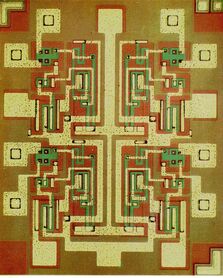
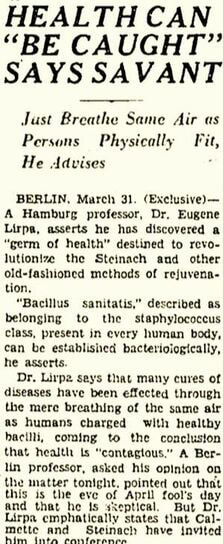
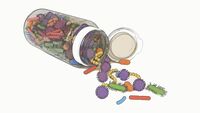
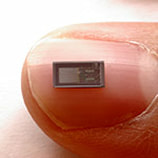

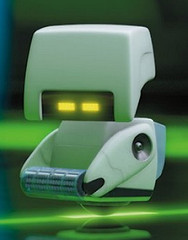
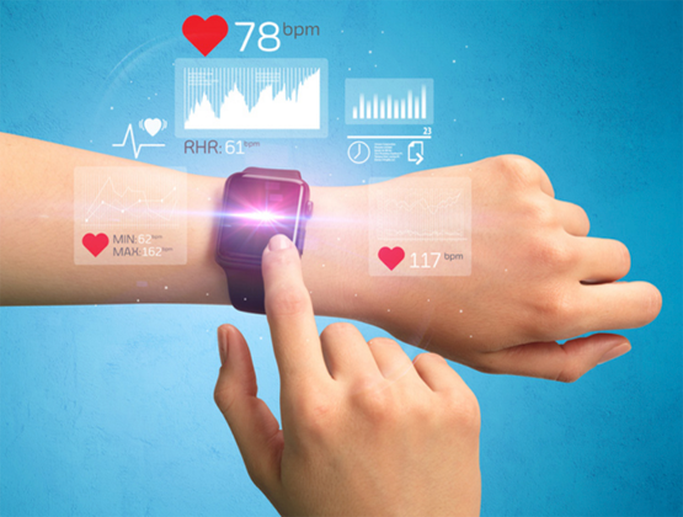
 RSS Feed
RSS Feed
